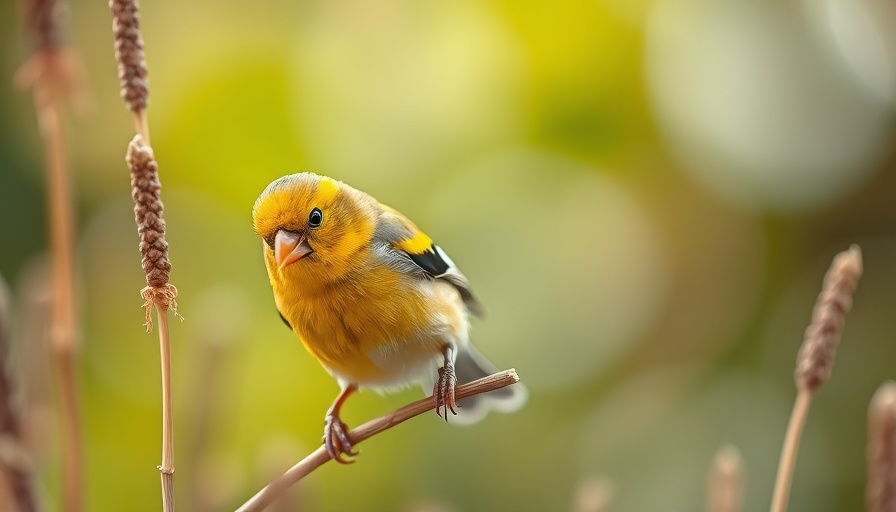
Pigeons: The Understated Doves of Our Cities
When we think of birds gracing our urban landscapes, pigeons often blend into the background, yet these birds carry profound meanings deeply rooted in our culture and history. Their presence spans thousands of years alongside humans, characterized by a range of symbolic interpretations from love to peace. An overview of the pigeon’s significance reveals it as more than just an urban dweller; it’s a potent symbol of connection, fidelity, and renewal.
A Symbol of Peace Throughout History
The association of pigeons, particularly doves, with peace is perhaps their most recognized role. This symbolism has been popularized through religious narratives, like Noah's Ark, where the dove brings back an olive branch, heralding the end of turmoil and the dawn of a new beginning. Similarly, in modern times, doves are often released at weddings and ceremonies, celebrating unity and the hope for harmony. This ancient symbol remains relevant today, reminding us of the potential for serenity even after conflict.
Pigeons: Guardians of Love and Loyalty
Monogamous by nature, pigeons form lifelong bonds with their partners, making them emblematic of enduring love and devotion. Their nurturing behaviors, where both parents engage in raising their young, parallel the human experience of family and commitment. This deep-rooted loyalty extends into cultural expressions, inspiring poetry, literature, and art across centuries, underscoring the pigeon as a testament to devoted companionship.
Cultural Interpretations and Modern Mixed Reception
Pigeons occupy a unique place in cultures worldwide. From the revered status in Islamic traditions, where they aided the Prophet Muhammad, to their role as symbols for various goddesses in mythology, pigeons resonate deeply within different societal narratives. However, this acknowledgment contrasts sharply with their modern perception; often dismissed as urban pests, they bear the unwarranted stigma of disease carriers and nuisances. This mixed reception highlights a disconnect between their historical significance and contemporary cultural attitudes.
Future Insights: Reconnecting with a Familiar Feathered Friend
The start of a new appreciation for pigeons may be on the horizon as urban biodiversity gains global attention. Conservationists highlight the importance of all species, including pigeons, as contributors to city ecosystems. By embracing their role in urban environments, not only do we honor a long-standing historical significance, but we may also strengthen our connection to nature amidst our bustling lives. Ask yourself: what role can these underappreciated birds play in your life? Consider taking the time to observe them, fostering a greater appreciation for their resilience and adaptability.
Conclusion: Embracing the Symbolism of Pigeons
Ultimately, pigeons offer profound lessons about love, perseverance, and the interconnectedness of life. Whether revered for their role in peace or loved for their unwavering loyalty, these birds embody themes that resonate universally. As we look to the future, let us not overlook these remarkable creatures continually present in our lives. Next time you spot a pigeon, perhaps pause and reflect on the legacy it carries.
 Add Row
Add Row  Add
Add 




Write A Comment